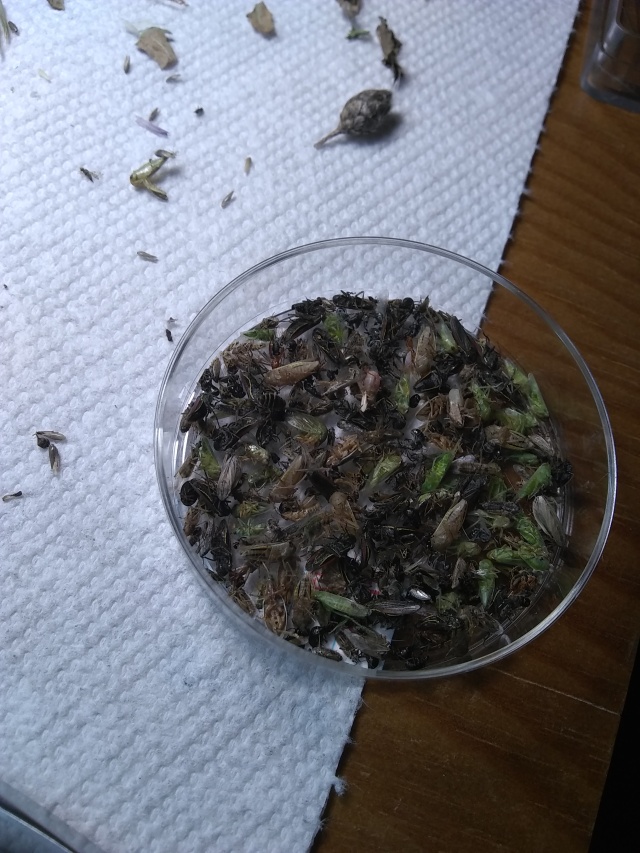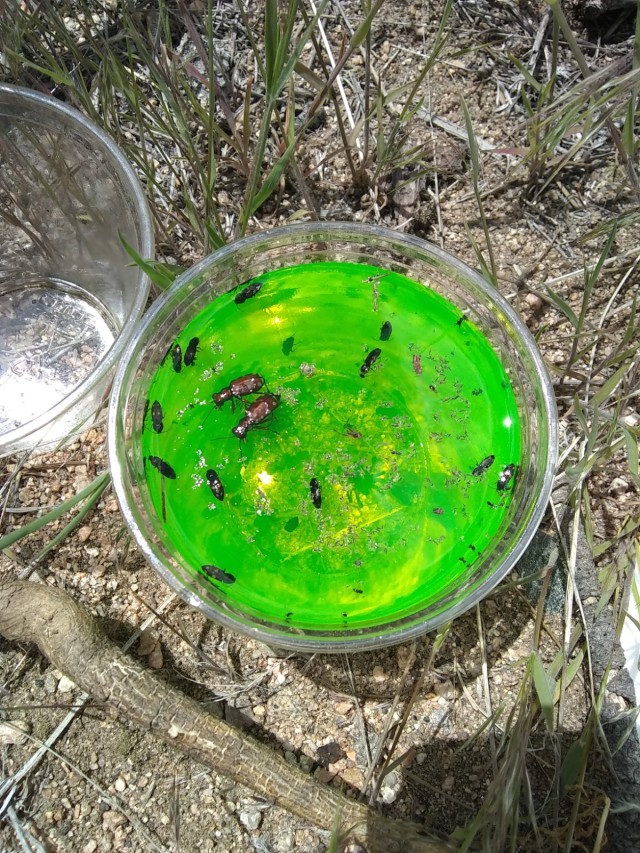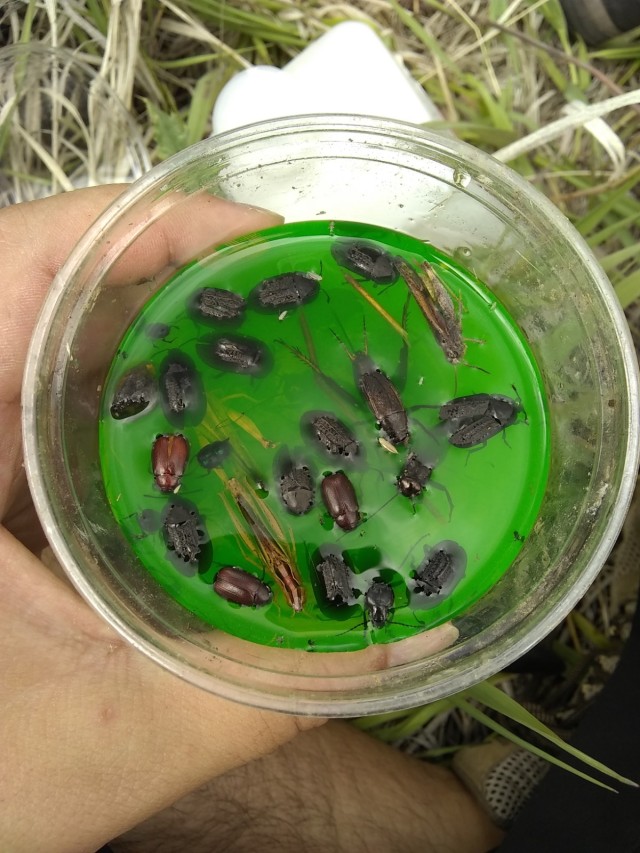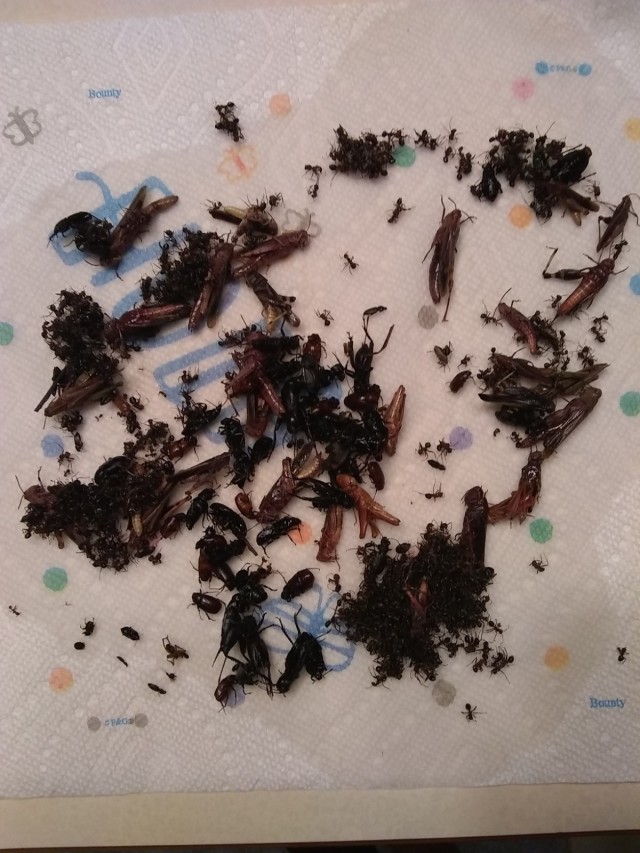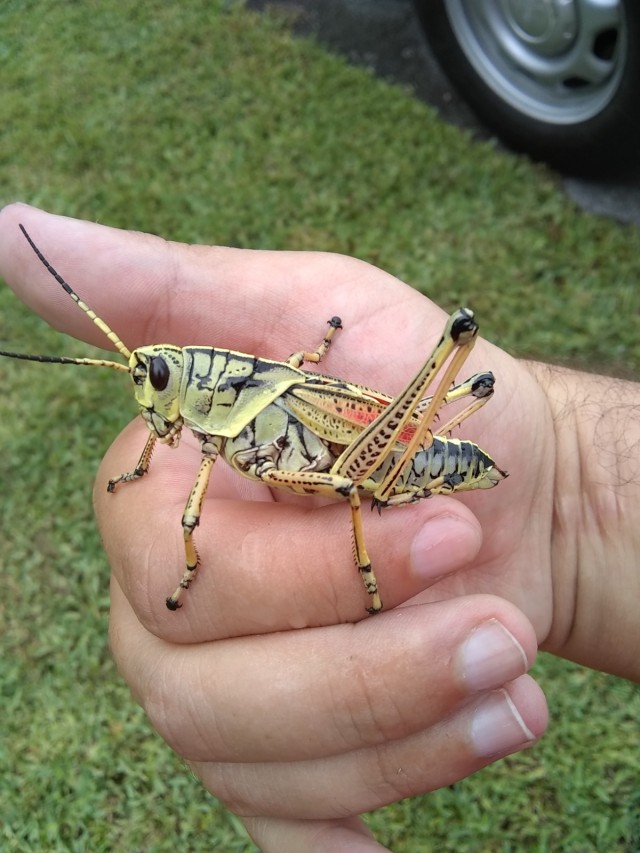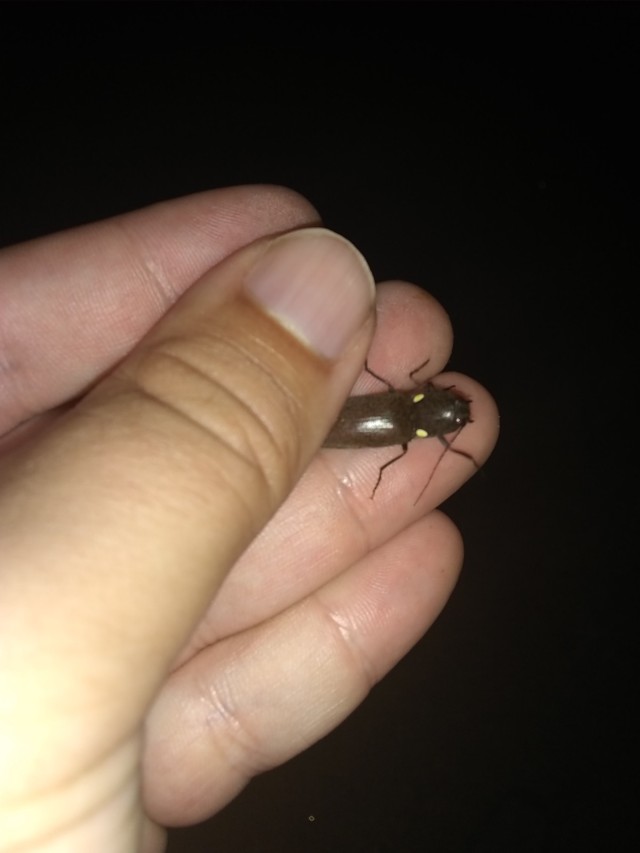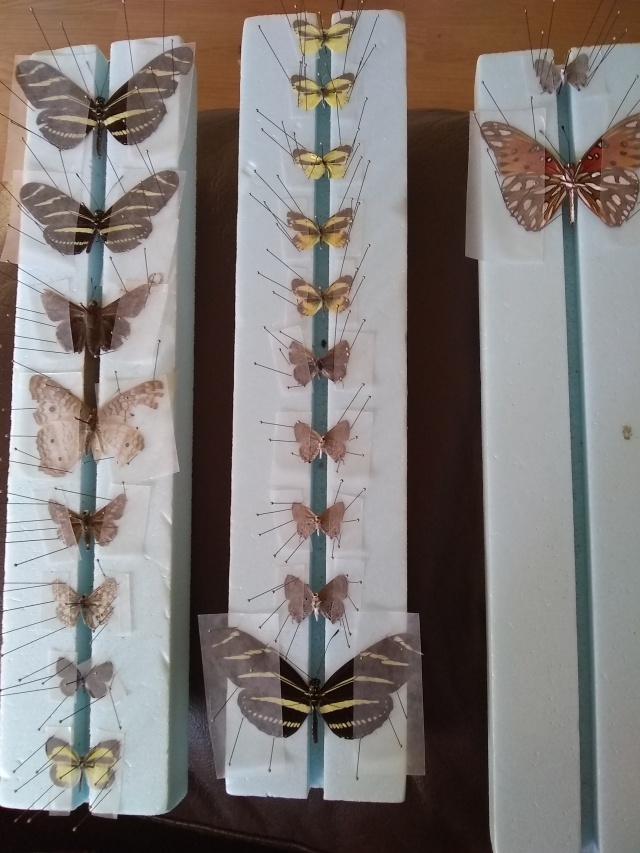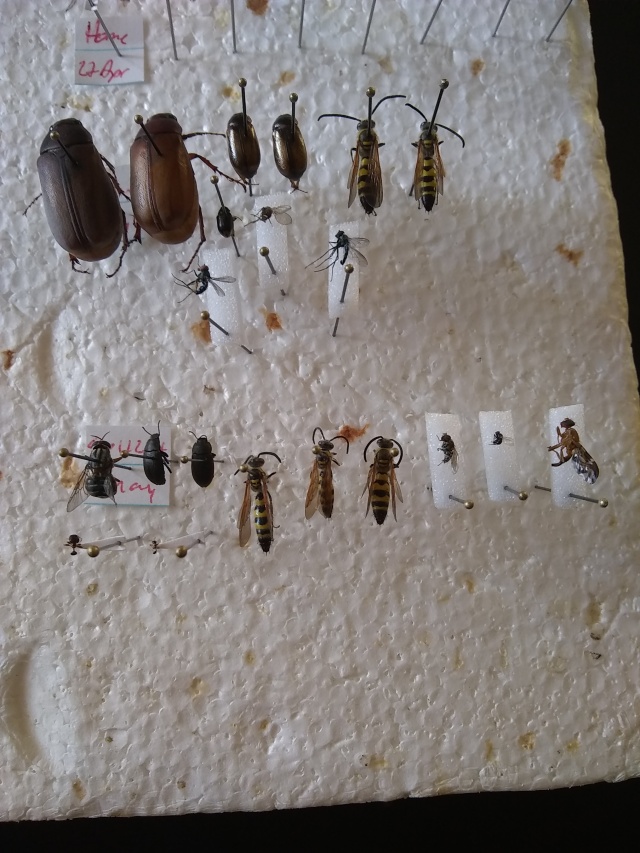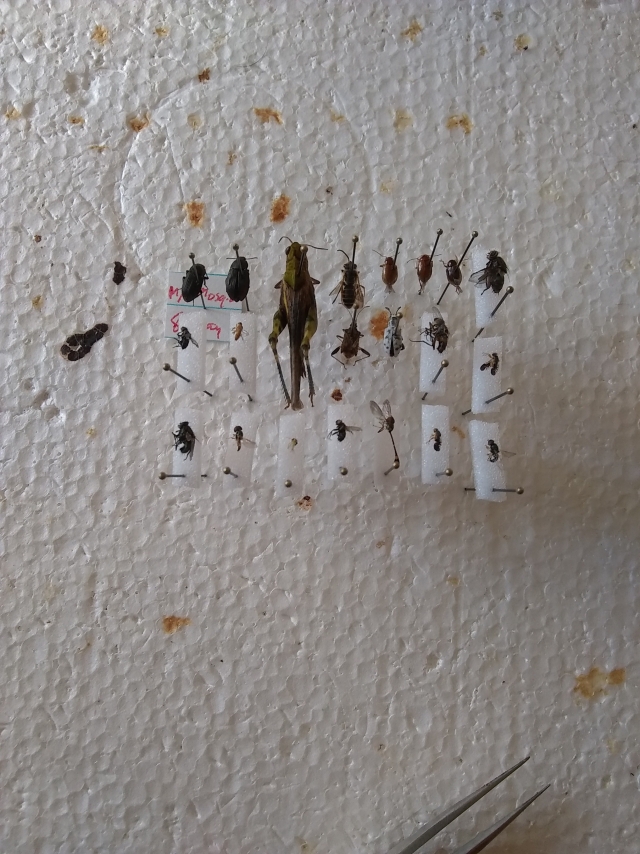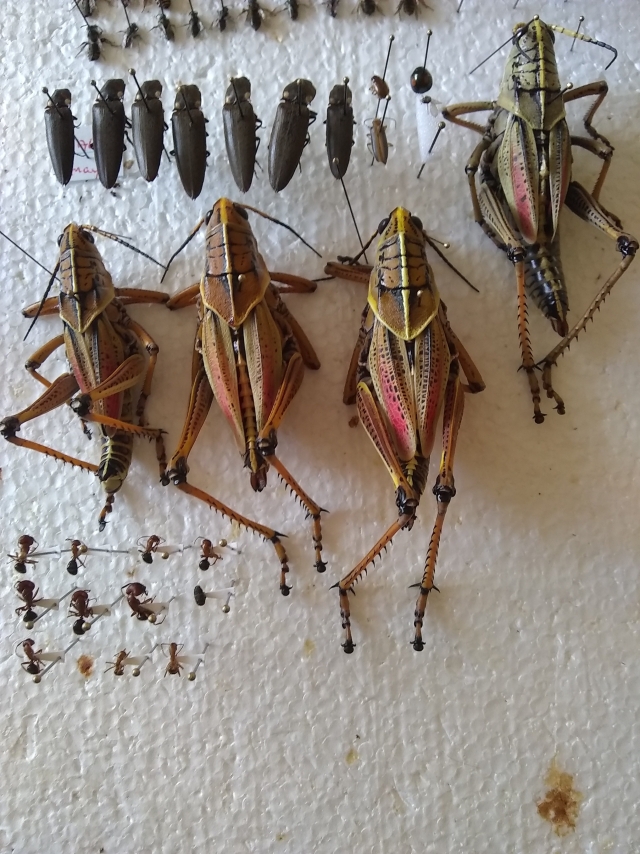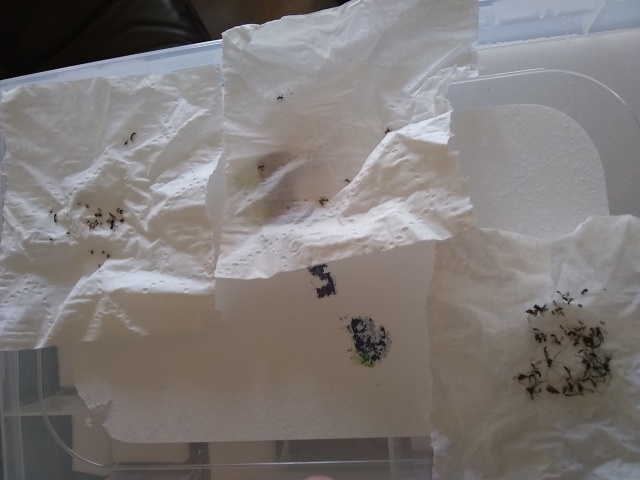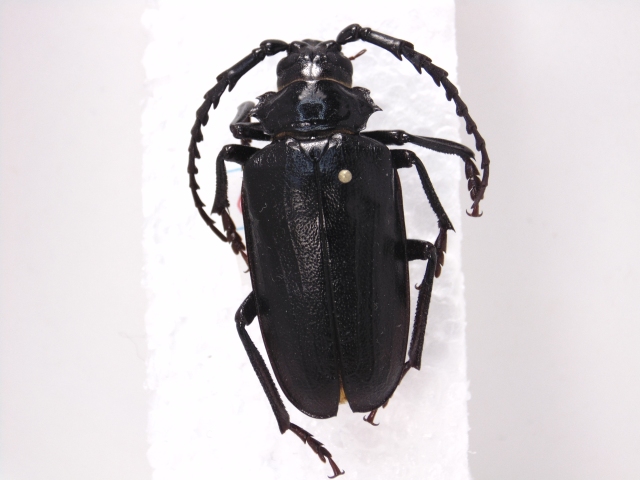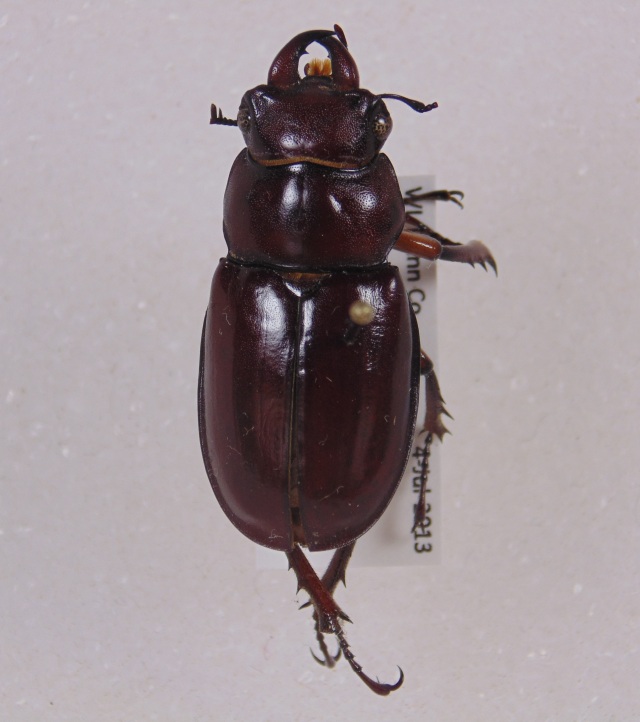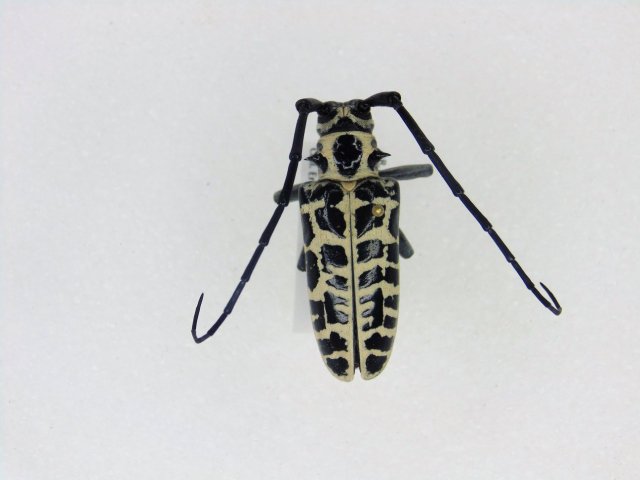Today I finished sorting a couple sweep samples I took in my neighborhood park. After each sweep session I empty the contents into a gallon zip-lock bag. This time I only had two bags worth of material but it still took me two days to sort through.
Here was bag one
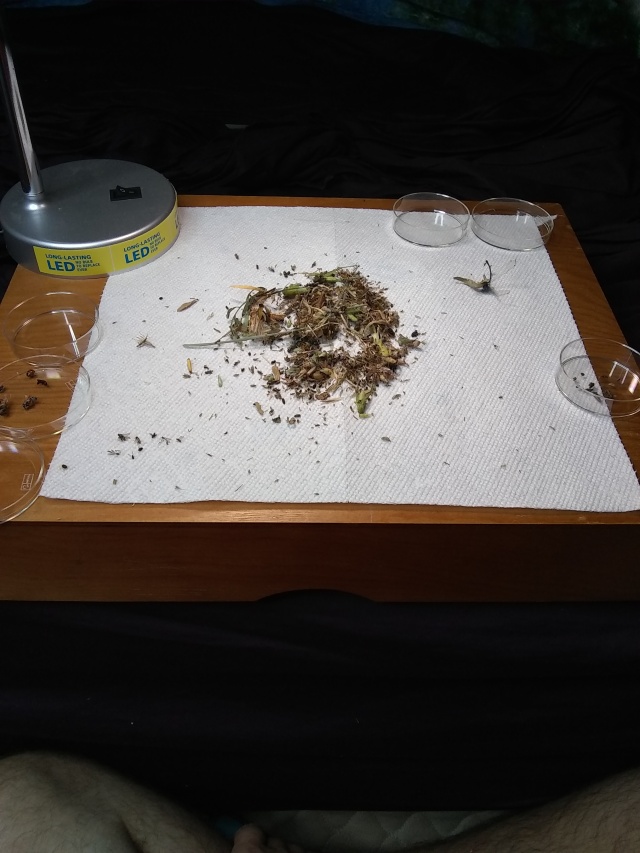
And here is bag two
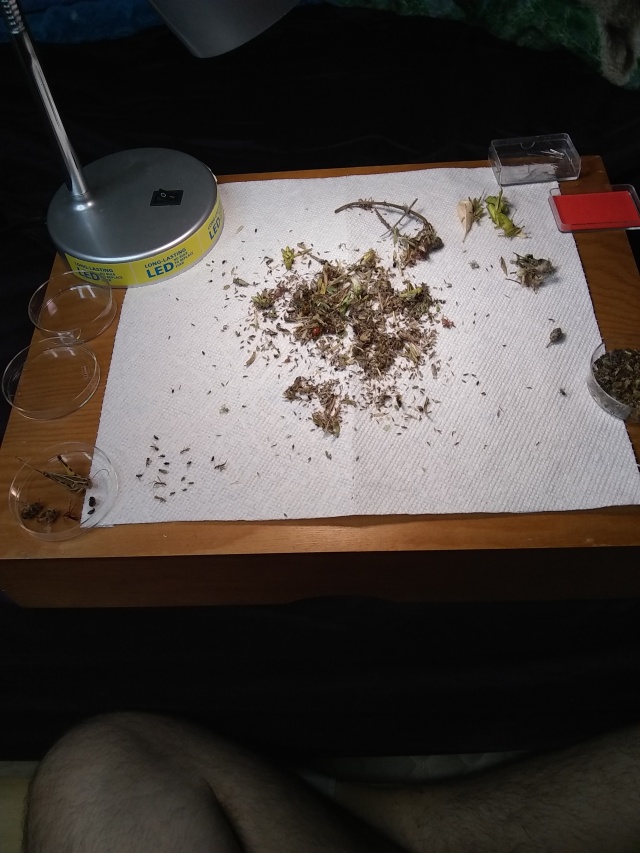
I sorted the specimens into separate petri dishes. One was for the large specimens for regular pinning and one for all the specimens that need to be pointed. I also pinned the flies using minuten pins.
Here are all the large specimens. I nice male Melanoplus bivittatus, a few weevils and some beautiful Cassida rubiginosa are some of my favorites from the large insects.
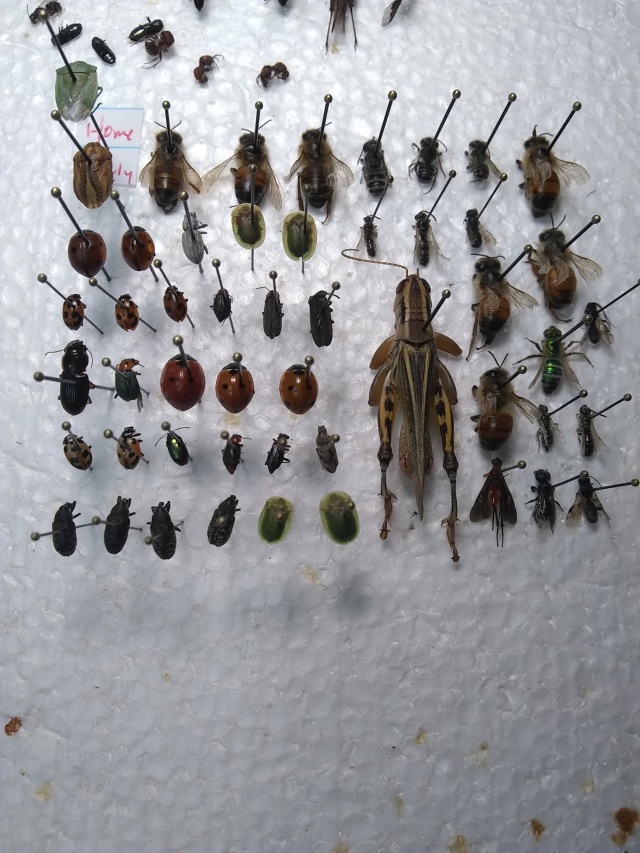
There were a decent variety of fly species in the samples. A couple highlights of this batch includes Tephritidae, Syrphidae and Asilidae (the small robber flies at the bottom).

There were some awesome specimens that I found that were placed in the pointing pile. A decent amount of Cicadellidae (and decent variety), which I was hoping for, plus some awesome tiny parasitic wasp families that I haven’t ID’ed yet.
